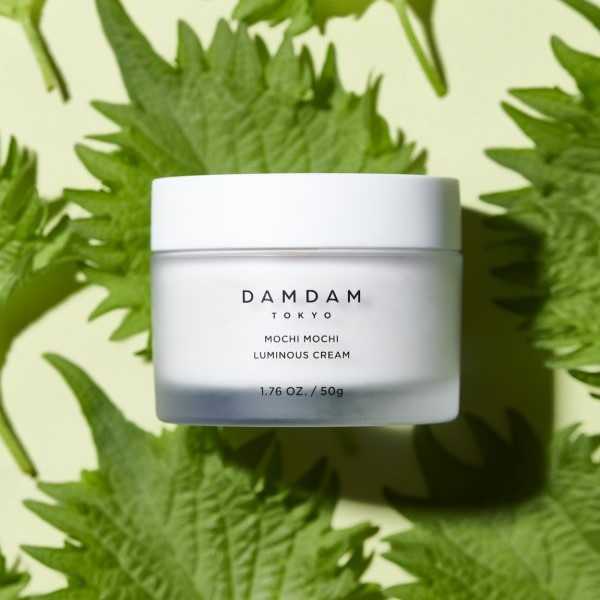Influencer marketing (also known previously as celebrity endorsement) and product placement have been a key marketing component for years. Whether it’s an athlete strutting a clothing brand, a product being featured in a film or TV show, or an actor promoting a product they “revere,” businesses are increasingly using this subtle form of marketing to drive brand awareness and sales. It’s not “breaking news” that consumers tend to gravitate towards celebrities and the brands they support. But why is that the case and why has it changed dramatically in today’s world of digital marketing? In this article, we’re going to discuss what exactly influencer marketing entails, how to build an influencer marketing strategy, and some key issues to look out for when executing this tactic.
What is Influencer Marketing?
Influencer marketing today is a type of social media marketing where key individuals with a significant number of loyal followers on a social platform push brand messages and endorse various products. According to Sprout Social, 92% of consumers trust word-of-mouth recommendations compared to only 33% that trust banner ads. Influencer marketing is successful due to the high amount of trust influencers can generate with their following, and recommendations from them are seen as a form of “social proof” of the quality of a brand
Increased return on investment: Companies of every size see positive results from influencer marketing. This form of advertising produces up to $11.69 in earned media value for every $1 spend.The 2022 Influencer Marketing Hub survey found that a whopping 90% of marketers believe that influencer marketing is effective and 72% of marketers agree that influencer marketing provides higher quality customers.
There’s no denying that influencer marketing is lucrative. The market grew from $1.7 billion in 2016 to $9.7 billion in 2020. In 2021, it soared to $13.8 billion, indicating a steady growth. This year, the market is projected to expand to a whopping $16.4 billion industry.
Best Practices When Utilizing Influencers
There are a few do’s and don’ts when it comes to utilizing social media influencers for your campaign. Setting up an influencer campaign is similar to other marketing tactics: determine your brand goals, identify the target audience, research your category and influencers that resonate with your audience, establish how engaged you want to be with your customers, and set a budget. Make sure that when you’re doing your research you select the appropriate platform that best supports your product. For instance, if your product is makeup, YouTube and Instagram would be the best platforms to employ an influencer because these consumers are looking for information and how-to tips. However, if you’re in the gaming industry, Twitch would be your go-to platform.
Don’t Overspend
Another important step is to research the appropriate compensation for an influencer. AndrewMcCarty.com recently published a reference for helping to determine Instagram influencer rates. The best way to figure out an Instagram influencer’s rates is to ask them directly, as campaign requirements will differ from brand to brand. But if you’re just after a super quick estimate, an Instagram influencer calculator will give you a general idea, including this one from Inzpire.
Be Selective
There are a few things to be aware of when researching influencers for your campaign. Don’t always rush to influencers with the greatest number of followers. Make sure to find influencers with a real, engaged online community. Previously, some influencers realized that they could buy fake followers and likes cheaply to convince brands to invest in their accounts. Early on quantity was more important than quality. But what’s the point of spending money on an influencer with a large number of followers if no one is engaging with the post and thus your product? Brands will usually notice that engagement rates fall as follower counts grow (real or fake). Micro-influencers tend to have the strongest engagement rates with a rough estimate of 20,000 to 200,000 followers. Jim Tobin, Forbes Council Member, explained, “We’ve found, over the course of our programs, that either flat-fee compensation or sale-based compensation (such as affiliate models) best remove the perverse incentives brands have created that encourage influencers to artificially inflate their numbers.”
Stay Away From Saturated Accounts
After netting down your influencer list, the next step should be to look at their saturation rate. What this means is the percentage of sponsored content compared to an influencer’s overall total content. When sponsored content increases and outweighs original content on an influencer’s account, their engagement rate plummets. If you are interested in increasing awareness and sales then you must stay away from saturated accounts. People follow influencers for multiple reasons, but mostly to follow trends, inspiration, and discovery. They go to influencers for purchase decisions because they deem them “experts” of some kind. It’s important for followers to feel like the influencers they follow are authentic and are recommending products that they would suggest to a close friend – not just someone who’s trying to make a quick buck. Content needs to feel organic and not commercial.
Summary
Influencer marketing is becoming a bigger piece of the overall marketing plan. With that being said, it is important to understand the benefits of influencer marketing, the role it can play in your overall marketing campaign, and how to find the right influencer for your brand. A good influencer can represent your brand in an authentic and personal way that other marketing tactics cannot deliver on. Influencer marketing can extend your marketing dollars by targeting your best customers, creating a direct relationship with them, and building trust and loyalty with your product.




